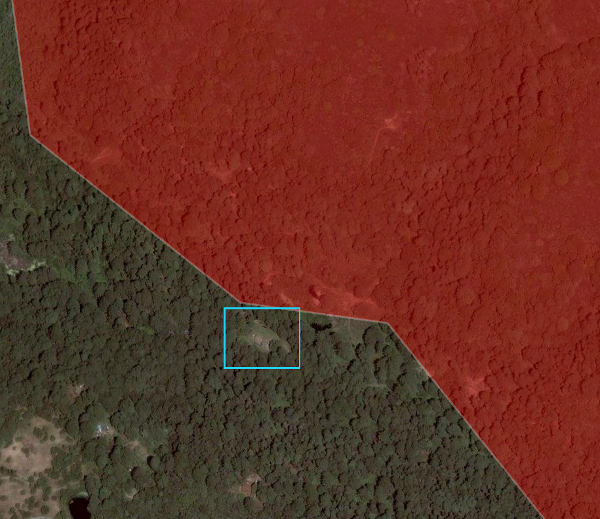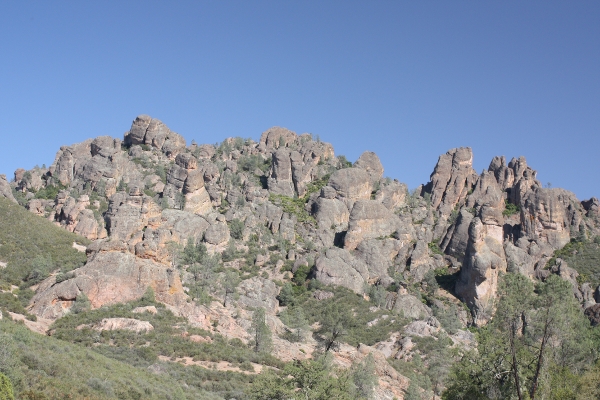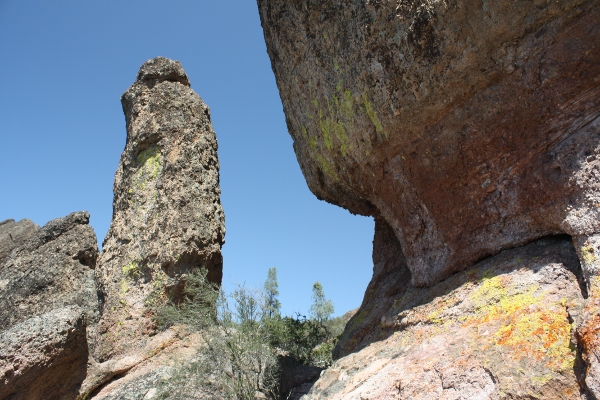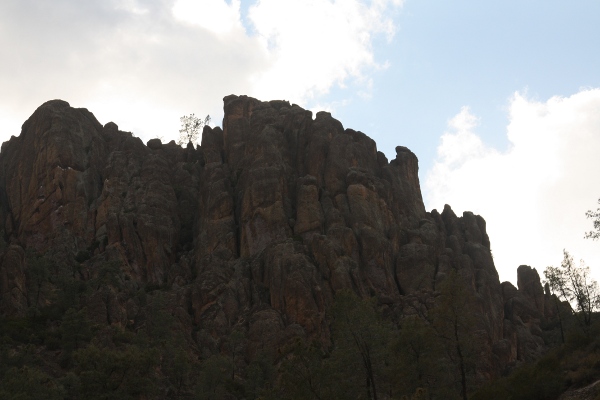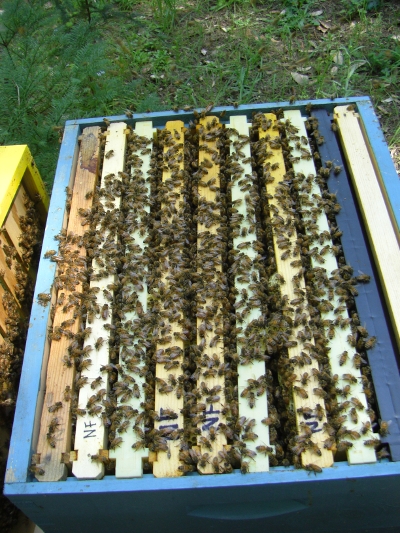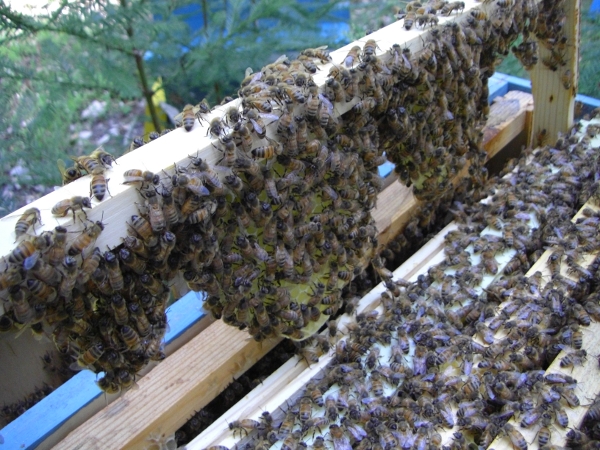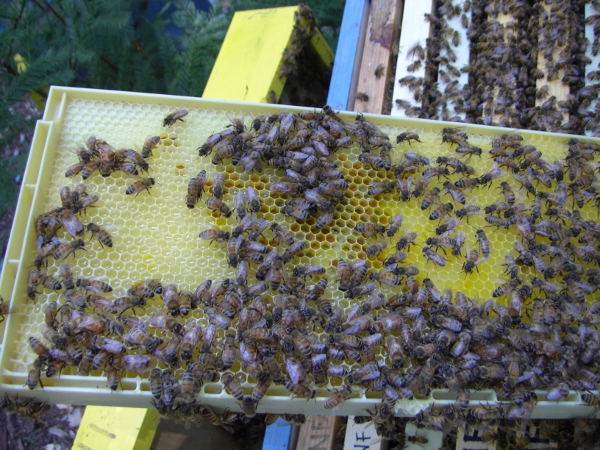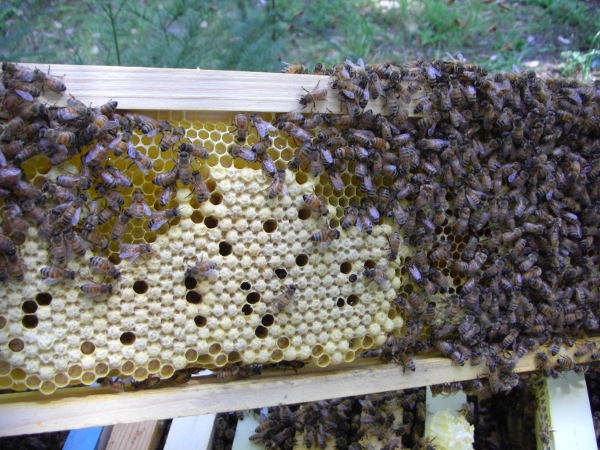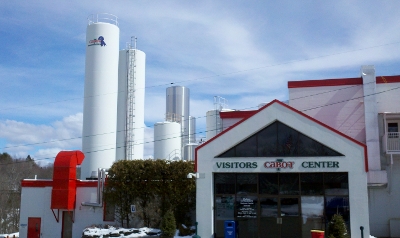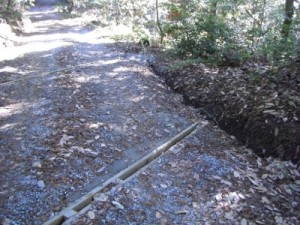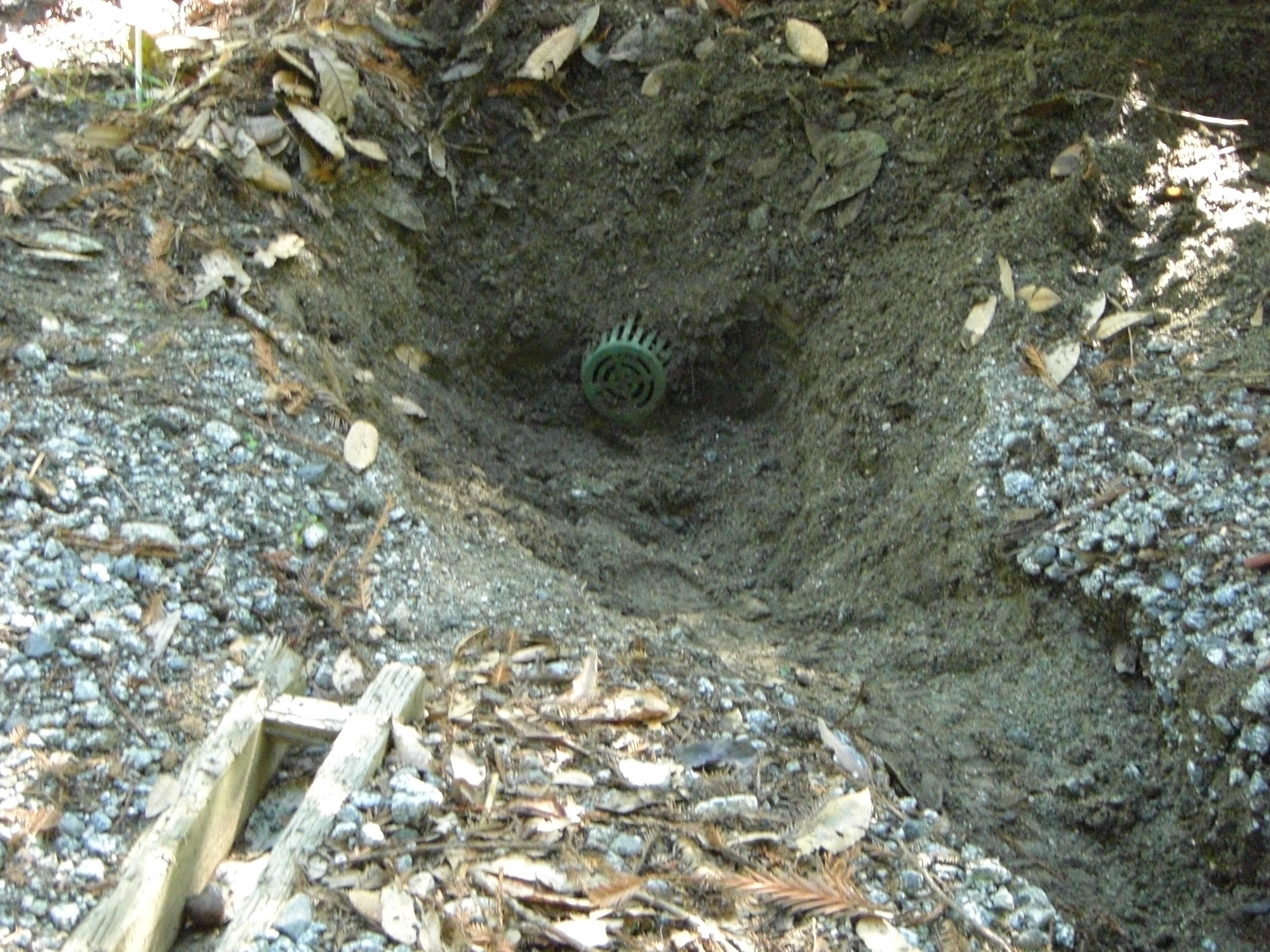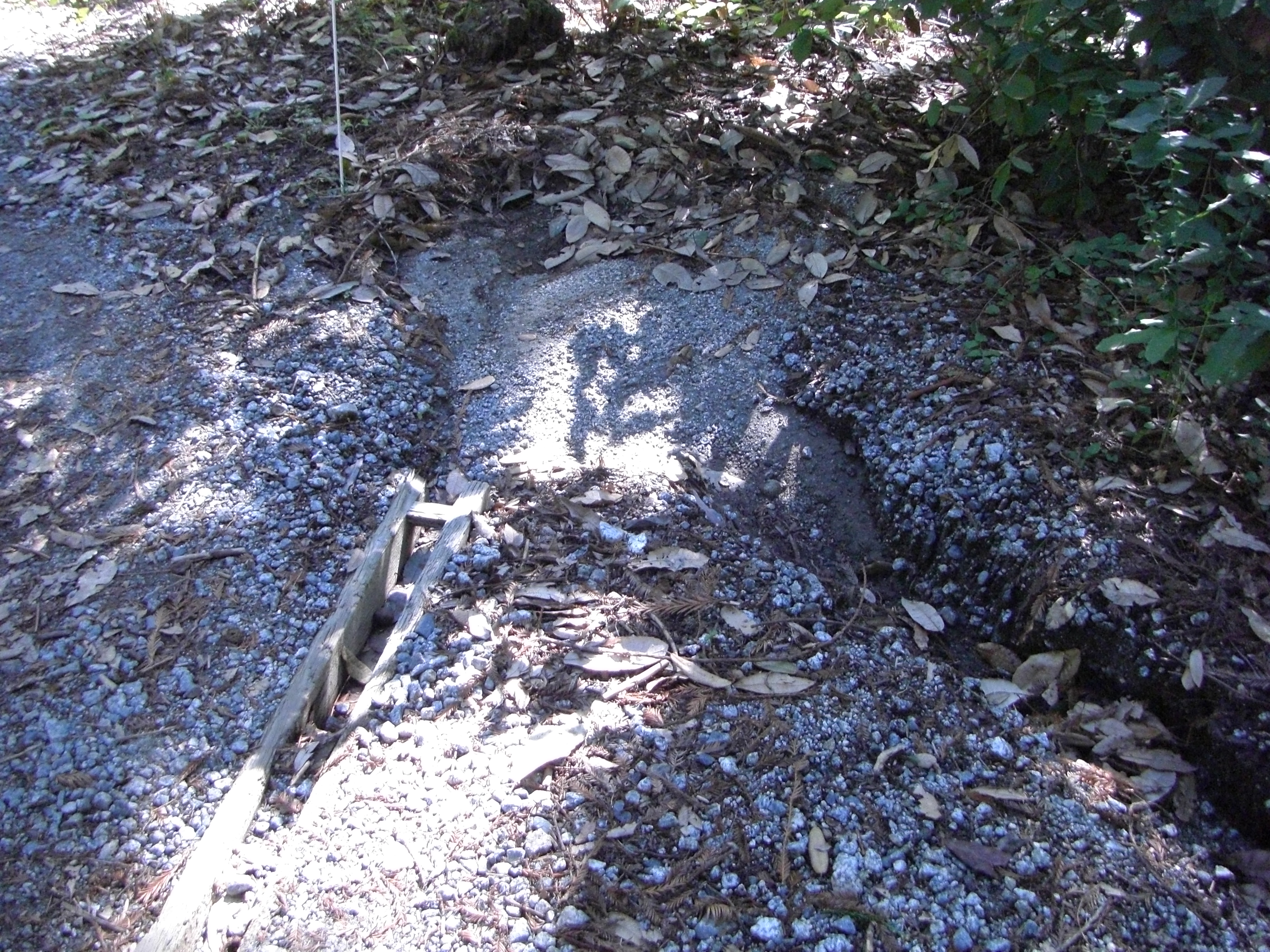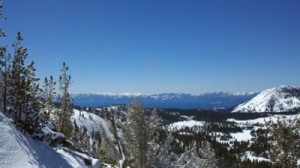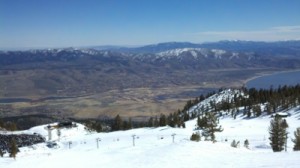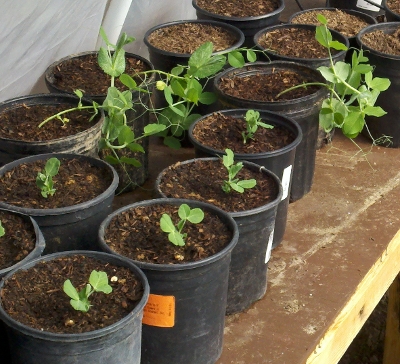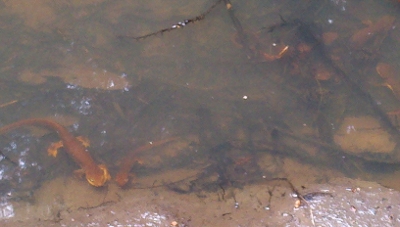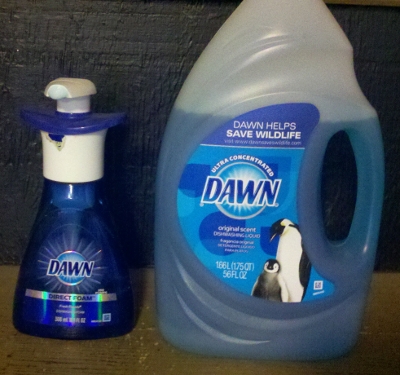Five years ago today, I awoke to the ringing phone – “There is a fire in your area. CalFire recommends that you evacuate.”
The sky was clear blue out two sets of windows and in almost every direction outside. But the tower of smoke loomed in the direction of the only road out of here. I quickly packed a few things and got out. I didn’t have any special things organized together.
Long ago, I woke up in a house where the adjacent room was on fire. It seemed a little warm for the morning. I got up and found the adjoining bathroom full of smoke. That really makes a lasting impression. Smoke can kill you even when there are no immediate flames.
The Summit Fire was the first big California wild fire of 2008, a year with far too many fires. With more than 4,000 acres of forest burning, the smoke plume was visible dozens of miles all the way down to the ocean. This is Freedom Blvd near Hwy 1 looking back towards Corralitos:
I read at the time in a firefighter’s blog, that the most gut wrenching thing about fires along the Wildland Urban Interface Zone is triage – some houses just can’t be saved. My house was literally on the front line:
From a few miles away, it looked more like Mordor than the usual sunny deep green:
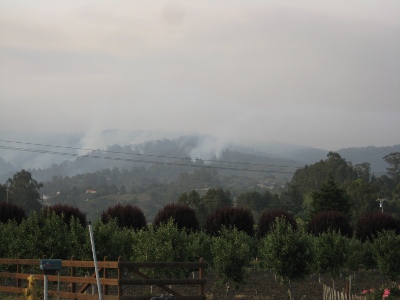
Luckily near my house it was primarily a ground fire. The winds were quickly shifting direction, so the flames didn’t stay in place long enough to catch the trees. They call the redwoods “the asbestos forest” as their thick bark protects the wood and makes them hard to burn. It was very dry that year. When I mowed the yard the week before and the remaining grass seemed to dry out and turn the color of straw before my eyes. A deep layer of leaves and other flammable detritus was consumed, leaving ash that looked like a thin covering of snow:
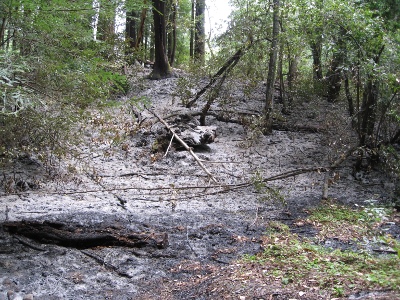
A few stumps were still smoldering 3 days later:
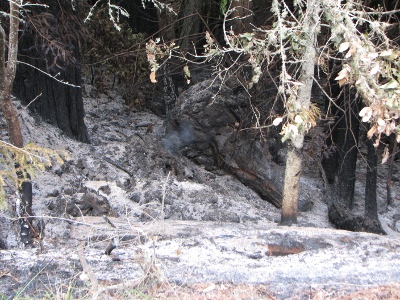
These panels, for the water pressure pump, are about 40 feet from the back of the house:
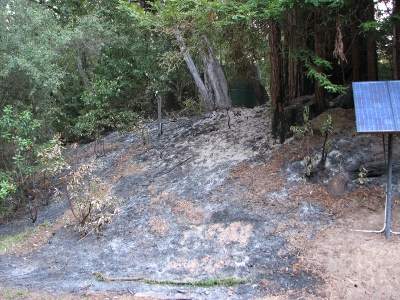
I made a page at the time to commemorate those events: http://www.grzflts.com/fire08/index.html



